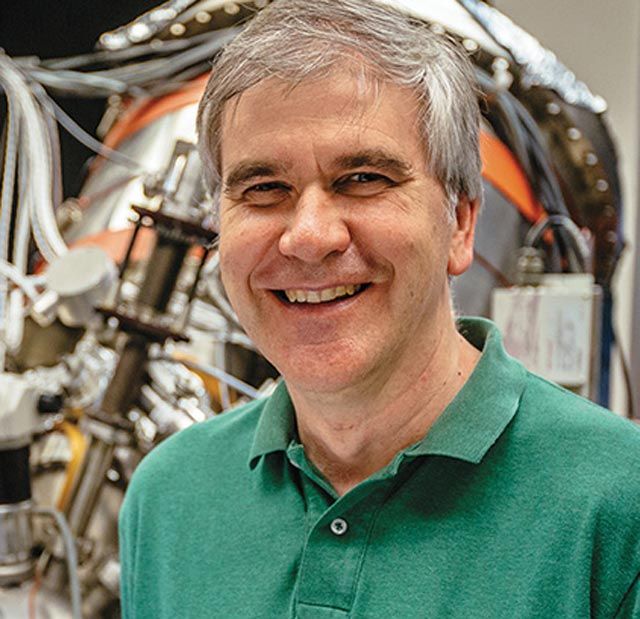Professor Chris Kiely calls the 1982 discovery by Masatake Haruta that gold possessed a high level of catalytic activity for carbon monoxide (CO) oxidation when deposited on a metal-oxide "a remarkable turn of events in nanotechnology" -- remarkable because gold had long been assumed to be inert for catalysis.
Today, gold catalysts are being exploited in a major way for the greening of many important reactions in the chemical industry. They can lead to cleaner, more efficient reactions with fewer by-products, and are used in the construction of fire fighters' breathing masks and the removal of CO from hydrogen feeds for fuel cells.
Kiely, along with an international team of collaborators from the Cardiff Catalysis Institute at Cardiff University and Tokyo Metropolitan University, has uncovered that gold nanoparticles, "sub-clusters" of less than 20 atoms, and individual atoms themselves all contribute to catalysis in varying degrees. The team's findings has recently been published in the journal Nature Communications, titled: "Population and hierarchy of active species in gold iron oxide catalysts for carbon monoxide oxidation."
Now that the team has identified the catalytic activity hierarchy associated with these supported gold species, the next step, says Kiely, the Harold B. Chambers Senior Professor Materials Science and Engineering at Lehigh, will be to modify the synthesis method to positively influence that distribution to optimize the catalyst performance while making the most efficient use of the precious gold metal content.
Read the full story at the Lehigh University News Center.
-Lori Friedman is Director of Media Relations in the Office of Communications and Public Affairs at Lehigh University.

